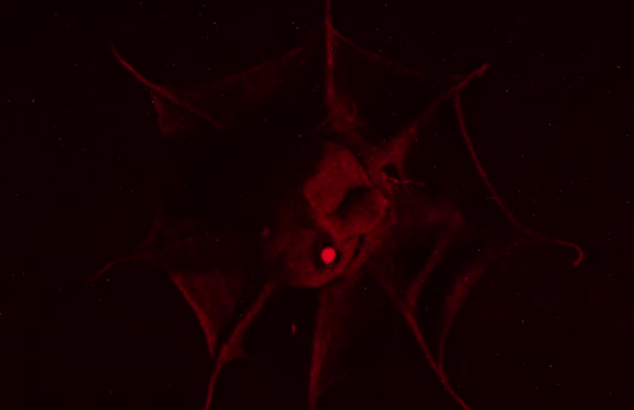It turns out that vampire squid (Vampyroteuthis infernalis) live unusually long for cephalopods as their name implies, according to a new study.
The study titled "Vampire squid reproductive strategy is unique among coleoid cephalopods" by Bruce H. Robinson, Vladimir V. Laptikhovsky and lead author Henk-Jan T. Hoving was published in Current Biology on April 20, Monday.
At the Helmholtz Centre for Ocean Research in Kiel, Germany, Hoving and his team studied 43 female vampire squid from the coast of southern California. They discovered that 20 adults that had released some eggs still had immature egg cells for future spawning.
Judging by her empty follicles, one of the female squid the researchers dissected had released at least 3800 eggs but still had approximately 6500 left.
According to the researchers, vampire squid have a reproductive strategy unlike any ever seen before in a squid or an octopus. They reported that the female vampire squid returns to a resting reproductive state after spawning eggs. After this, a new batch of eggs is developed.
The researchers estimated that the vampire squid release about 100 eggs at a time. With such reproductive cycle likely to be repeated over 20 times, no other extant coleoid cephalopod has the same combination of reproductive traits.
Since vampire squid have multiple reproductive cycles, it can be concluded that they live their whole lives slightly differently from cephalopods in shallow waters.
"By reproducing in multiple cycles, it may allow vampire squid to make use of its low-calorie food source," said Hoving, as New Scientist quoted.
The vampire squid feeds on decaying organic material and zooplankton.



























